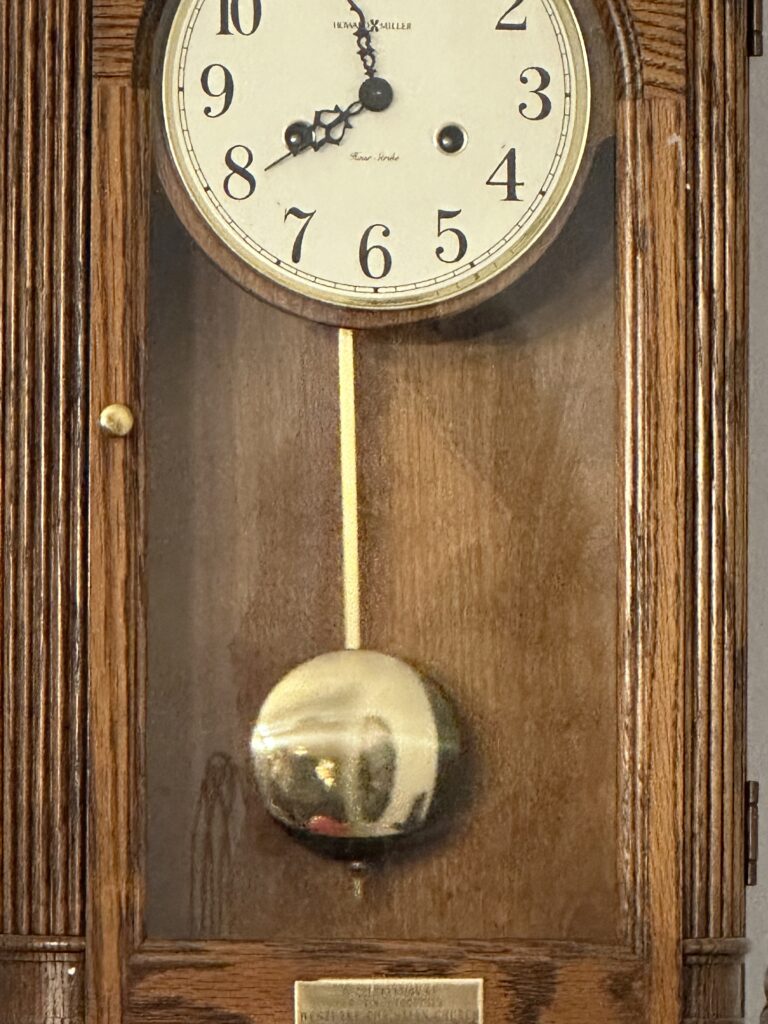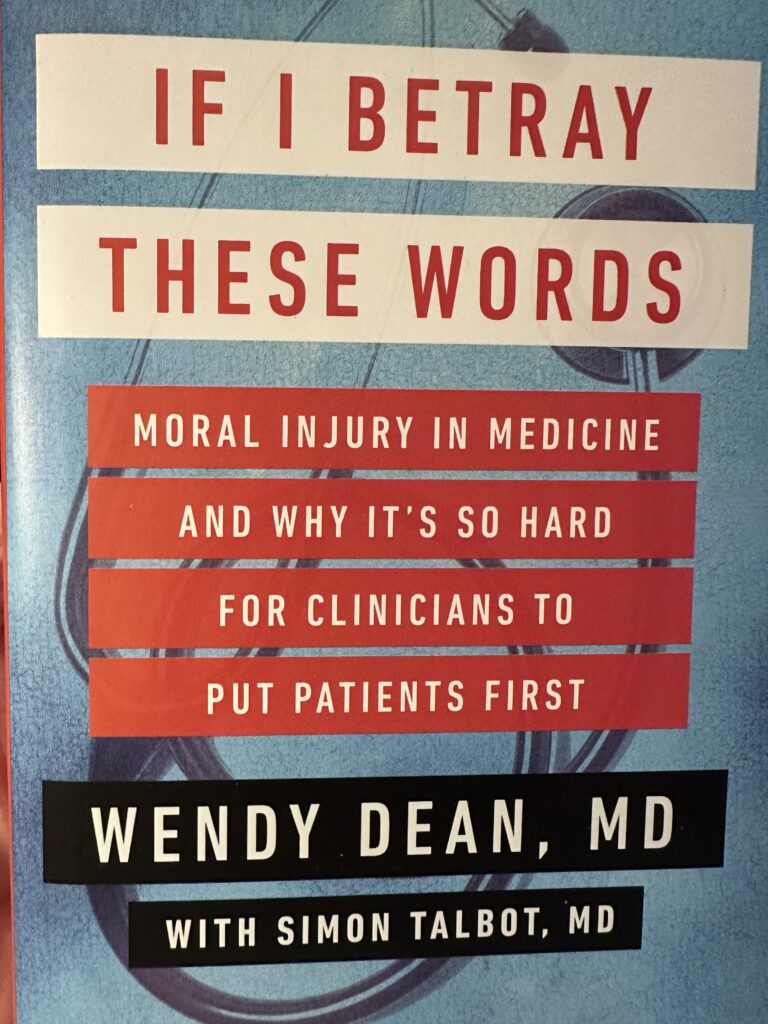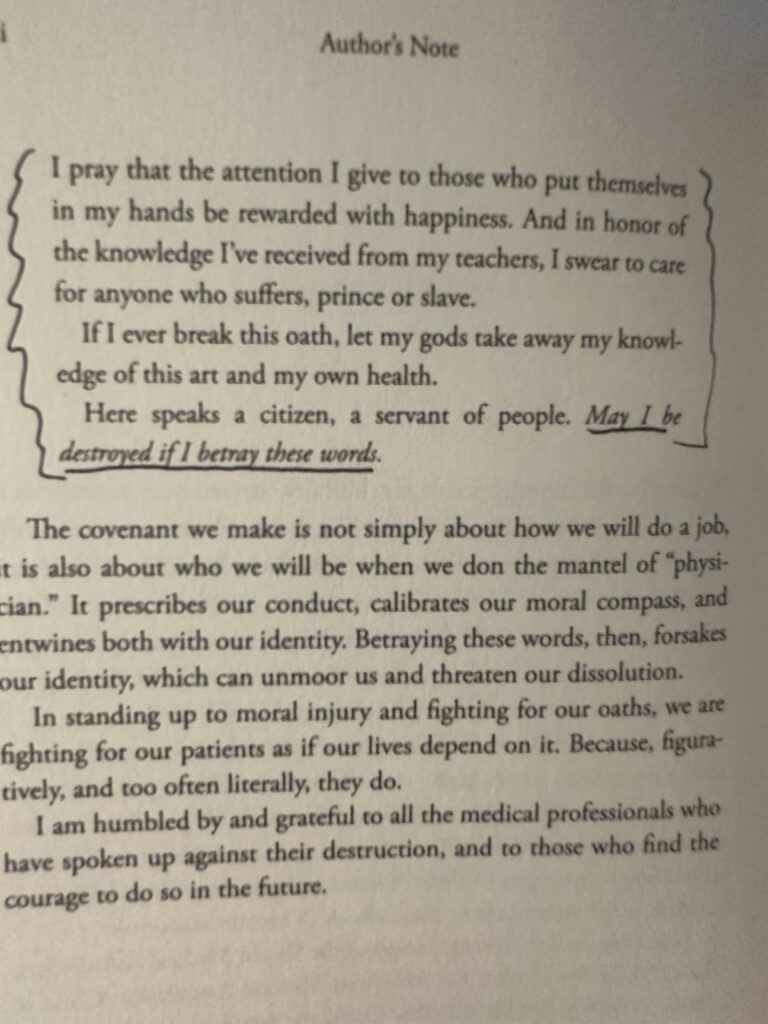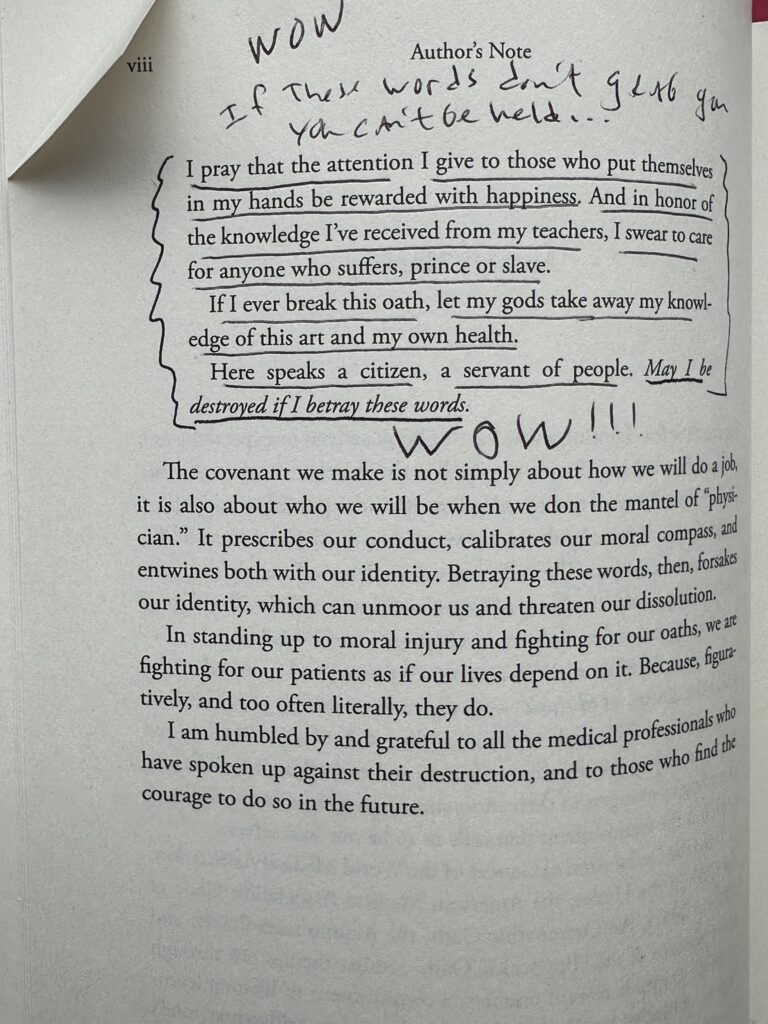IT IS GRADUATION SEASON. . .Yesterday, I had two granddaughters graduate from High School; unfortunately, one was in Wheeling, WV and the other here at the Stocker Center at LCCC in Elyria. Erin and I split up as she attended Stella’s in Elyria and I headed to Wheeling for Ava’s. Both of them made me think a little deeper as I have now graduated three separate times, watched my children graduate and now my granddaughters (with four more looming graduations in the future) all of which that got me thinking about their future and ours, a future, not even on our best days, we can predict.
The word commencement is derived from the French and was first used to refer to graduation in the 14th century. (Uhhh, yeah, back when I was in school…SMILE). It makes me think of a pediatric social worker who once told me, “Children love to anticipate. They need something every day to look forward to in the short term and the long term.” And I thought, “Gee, I like that idea as an adult.” During these last 45 +years of ministry I’ve tried to make it my business to assure our folks that something good and exciting and needed is going to happen on a regular basis. Do they feel it’s right and normal to graduate from old ideas and commence with new ones that help us grow and serve each other better? It’s the season, so I wish all of you a happy commencement.
With Proms mostly over and High School Graduations very much on the the horizon, somehow this song, these words seem very appropriate. . .
Letter To My High School Self (Be Kind) By JJ Heller, David Heller, and Ginny Owens
I’m writing you this letter ‘Cause I’ve walked in your shoes I hope that you will read this When you’re feeling confused
The hardest part of high school Is living in between The person you’re becoming And the kid you used to be
Dizzy from highs and lows You can’t see which way to go I’ve been there too Here’s what you do
Be kind Be strong Believe You belong Love God Work hard Just be who you are
You want to feel important But don’t be fooled by fame ‘Cause everyone who loves you Already knows your name
And when you have a house someday There won’t be trophies on display There’s so much more Worth living for
Be kind Be strong Believe You belong Love God Work hard Just be who you are
Let go of the last times Celebrate the first times And keep your heart wide open
Be kind Be strong Believe You belong Forgive Yourself Don’t be afraid to ask for help Love God Work hard Just be who you are. . .
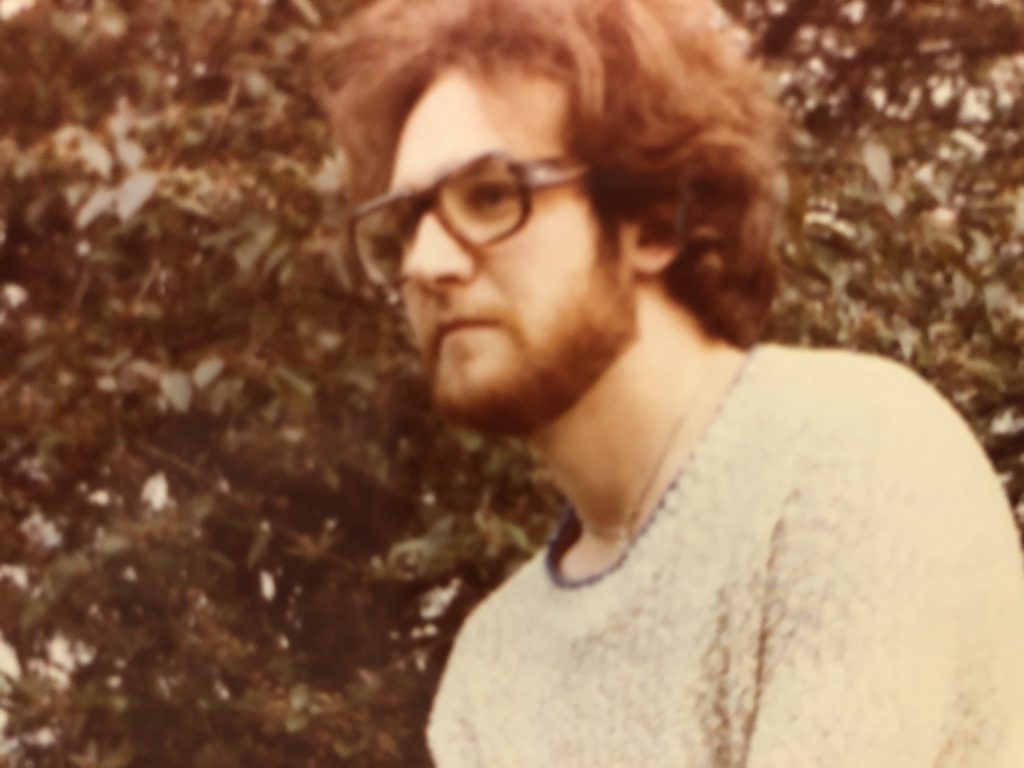 AND JUST WHAT WOULD YOU WRITE TO YOUR HIGH SCHOOL SELF
AND JUST WHAT WOULD YOU WRITE TO YOUR HIGH SCHOOL SELF
Psssssssssssssssssssssssssssssssssssssst. . .
THAT HIGH SCHOOL SELF
IS STILL HERE
Hopefully
L I S T E N I N G
L E A R N I N G
L O V I N G
(always loving, hoping for a little love in return and finding, having, keeping it)
